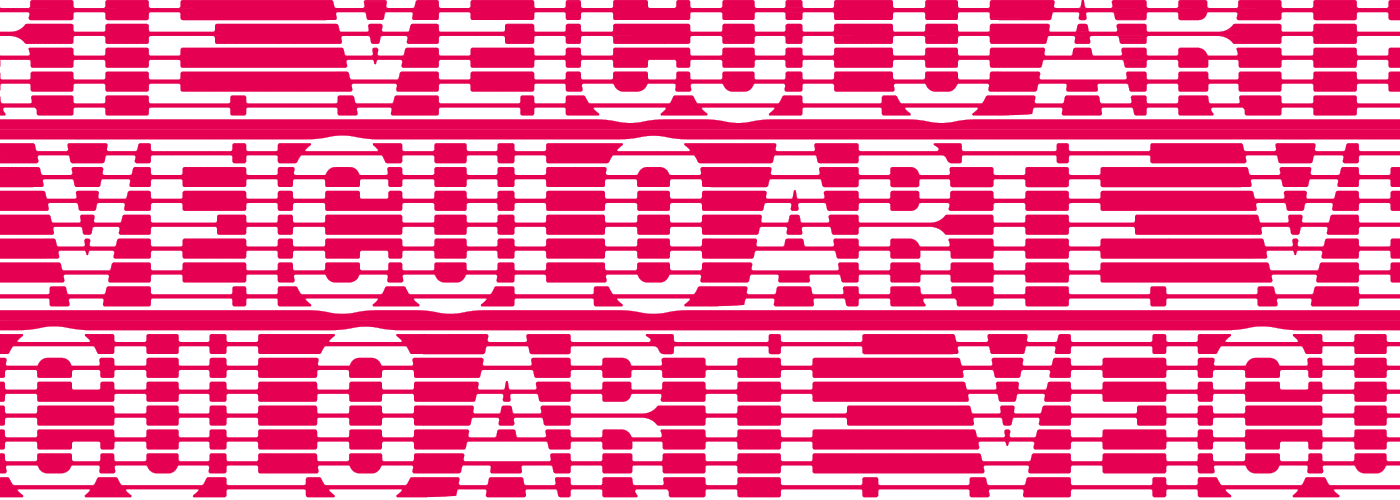August 29–December 2, 2018
Amidst an economic and symbolic crisis of the traditional media, we live in times of access to a wide range of communication devices, plagued by the indiscriminate broadcasting and consumption of information, the spreading of fake news, and the consequent multiplication of hate and intolerance. In this reckless environment of the redefinition of media and forms of communication, artistic strategies can be elucidative in the construction and fostering of healthy debate in the public sphere, promoting listening and dialogue between different segments. It is therefore at a very opportune moment that Sesc São Paulo is holding the show Arte-veículo (Vehicle-art), an initiative that sheds light on the relationships between artistic practices and the communication media in Brazil.
Held in the Sesc Pompeia unit, a sociocultural complex designed by Lina Bo Bardi, the exhibition was conceived by researcher and curator Ana Maria Maia (Recife-PE, 1984). The show springs from her research and publication Arte-veículo: intervenções na mídia de massa brasileira [Vehicle-art: Interventions in the Brazilian mass media] (Editoras Aplicação e Circuito, 2015), carried out with support from the Funarte Grant for the Encouragement of Visual Arts, awarded in 2014. Translating the book into the form of an exhibition, the curator presents to the public her research focused on “identifying in the history of Brazilian art why and how the artists figure in the mass media,” always attentive to the “proactive and inconvenient gesture of the artists in the structures of hegemonic information.”
With plural and multiform natures, the interventions, artistic works and media experiments that compose the more than 200 artworks featured in the show demonstrate the strategic use of mass media by the Brazilian contemporary circuit, systematizing and revealing the complex history of radical experiments in arts and culture in Brazil. In many cases, the show features the strategic potential and tactics of art in taking a stand in circuits of wide reach, parasitizing them with deviant discourses and statements, often opposed to hegemonic thoughts and behaviors.
Rather than a chronological ordering, the productions are segmented in seven conceptual sections—Getting Lost, Going Into the Streets, Dueling, Hacking, Listening/Living, Fictionalizing and Experiencing Language—which represent forms of action in the context of the different media. On a second level, there is a historical cross-section spanning from Brazil’s first television broadcasts to the medium’s later popularization throughout the 1950s, and the spread of Internet, at the beginning of the 2000s, giving special attention to the heyday and rule of the printed newspapers.
Among the wide range of backgrounds and generations in the Brazilian art scene, the show features 47 proposers, including artists, groups, collectors and communication professionals:
3NÓS3; A Revolução Não Será Televisionada; Aimberê César; Alex Hamburger; Álvaro de Sá; Analívia Cordeiro; Antonio Manuel; Aretha Sadick and Explode!; Artur Barrio; Camila Valones; Cildo Meireles; Cristina Ribas, Giseli Vasconcelos and Tati Wells; Contrafilé/Mico; Daniel Santiago; Di; Éder Oliveira; Eduardo Coutinho; Eduardo Kac and Mário Ramiro; Flávio de Carvalho; Frente 3 de Fevereiro; Geraldo Anhaia Mello; Glauber Rocha; Grupo Manga Rosa; Hudinilson Jr.; Jac Leirner; Jomard Muniz de Britto; Julio Plaza; Lenora de Barros; Leonilson; Lia Letícia; Luiz Paulo Baravelli; Márcia X; Maurício Ruiz; Neide Sá; Nuno Ramos; Olhar Eletrônico; Paulo Bruscky; Paulo Herkenhoff; Reforma Gráfica e Editorial do Jornal do Brasil (Amílcar de Castro, Ferreira Gullar, Odylo Costa Filho, Jânio de Freitas, Reynaldo Jardim and collaborators); Sandra Kogut; Teatro de Sanidades; TV Viva; TVDO; Videohackers; Vitor César; Waltercio Caldas; and Yuri Firmeza.
Rounding off the public platform of Vehicle-art there is a series of public programs—including meetings, performances and laboratories, insertions in the current press, expanding the reach of the artists to other publics and, moreover, a digital archive created by Ana Maria Maia as a platform for sharing the contents of her research and curatorship, extending the project’s presence in time.



